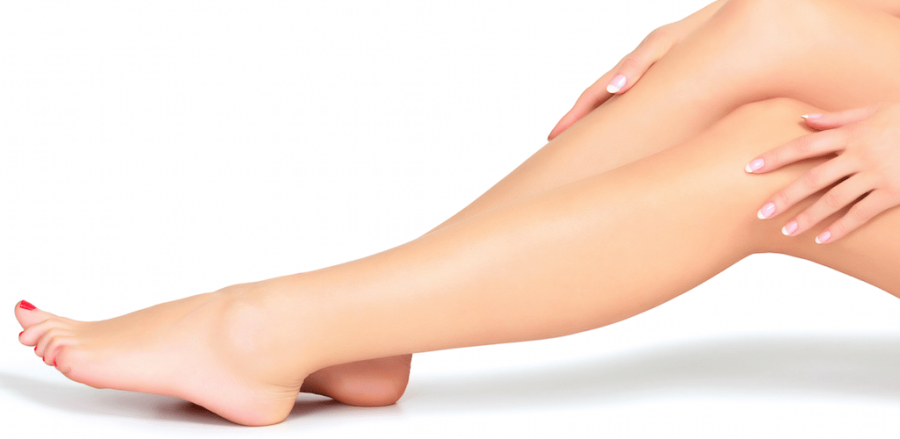Varicose veins are one of the most frequent complaints during pregnancy. They occur due to many changes that take place in the woman’s body: change in hormone levels, increased blood volume and a compromised venous return. The most common and visible place for varicose veins are the legs, however they can also occur around vagina (vulval varicosities) and anus (haemorroids).
What is the function of veins?
Veins are responsible for carrying deoxygenated blood back to the heart. To complete this task they have valves that stop the returning blood flowing backwards. If these valves develop weakness, or fail to work, the blood starts to pool in the vein distending it, particularly in places affected by gravity.
How do varicose veins develop during pregnancy?
Pregnancy predisposes women to varicose veins due to multiple reasons:
- Your growing belly puts pressure on the veins in your pelvis and slows down the circulation.
- Simultaneously, you have extra blood volume during pregnancy, as well as the pregnancy hormones, that relax your blood vessels walls.
Varicosities in the legs
Your legs is the most common place to get varicose veins. Pregnant women often complain of increased discomfort caused by blood pooling associated with prolonged standing.
Haemorrhoids
Varicose veins around the anus, are called hemorrhoids or piles and could be coupled with constipation.
Vulval varicosities
One in ten of pregnant women develop varicose veins in and around the vagina, particularly in the second half of their pregnancy. Vulval varicosities are distressing since they cause swelling around the vagina and make sitting uncomfortable.
What are the symptoms of varicose veins?
As well as being visible under the skin, varicose veins can also cause:
- Swollen feet and ankles
- Muscle cramps at night
- Heavy, aching legs
- Dry skin and eczema over the area of varicose veins
What can I do to treat and prevent varicose veins?
- After 20 weeks avoid lying on the back. Sleep on the side and elevate your feet on a pillow above the heart.
- Avoid prolonged standing whenever possible. Move around at least once every 30 minutes.
- Use muscle pump activity exercises to stimulate blood circulation. For example, a short burst of calf raises with weight or without.
- Get moving. Moderate physical exercise such as walking and swimming is great for circulation as well as helping you with a healthy weight and life-style.
- Avoid crossing your legs and put your feet up as much as possible. For example, at work you can place your feet on a box or a step.
- Avoid constipation and do not strain on the toilet to assist with haemorroids. Opt for a high fibre diet and drink plenty of water. Most cases of haemorroids can be effectively managed with over the counter treatments from the pharmacy.
- Stay comfortable. Wear comfortable shoes, particularly if the ankle swelling is a problem. In the case of vulval varicosities, supportive undergarments may provide relief.
- Compression maternity stockings are a good option for all types of varicosities, since they promote venous blood return back to the heart and may ease some discomfort associated with varicous veins. Graduated compression hosiery provides the strongest pressure at the ankles that decreases as it goes up the leg. Such garments come in various compression levels, designs and colours. Some brands of graduated stockings we recommend are: Solidea. Sigvaris and Jobs.
On the positive note …
Varicose veins developed during pregnancy usually disappear completely once you have your baby.
Credit image: onedollarphoto.com
Article from: www.fertilitypharmacy.com.au
